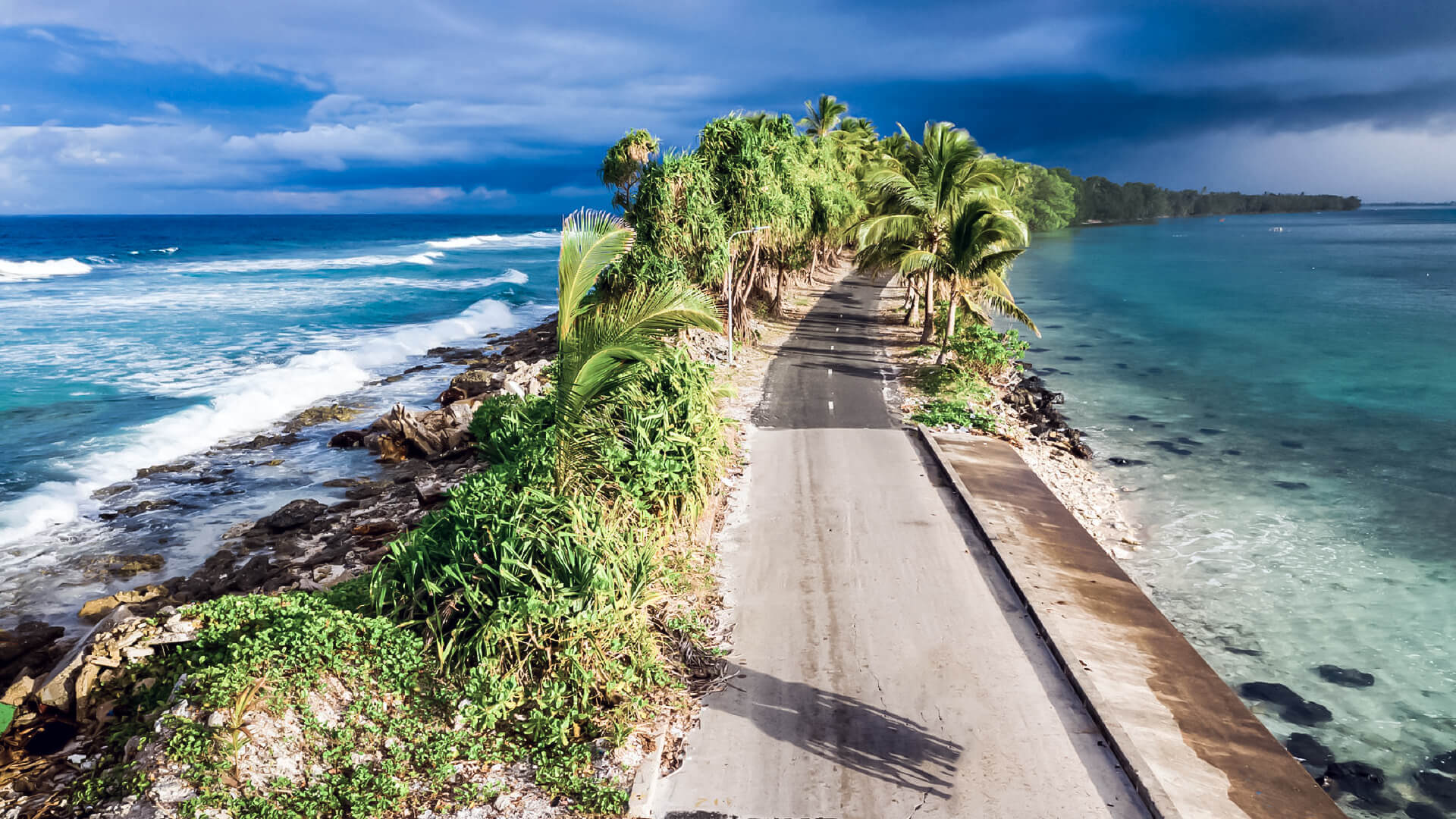Tuvalu was one of the best-performing Pacific Island economies from 1996 to 2002, with an average real GDP growth rate of 5.6 percent per year. Economic development has slowed since 2002, with GDP increasing by 1.5 percent in 2008. Tuvalu was subjected to significant increases in global gasoline and food costs in 2008, with inflation peaking at 13.4 percent. According to the International Monetary Fund’s 2010 Report on Tuvalu, Tuvalu’s GDP increased by zero percent in 2010, after a two-percentage-point contraction in 2009. The International Monetary Fund (IMF) Executive Board completed the Article IV consultation with Tuvalu on August 5, 2012, and evaluated the Tuvaluan economy: “Tuvalu is slowly recovering, but there remain significant concerns. For the first time since the global financial crisis, GDP increased in 2011, driven by the private retail sector and education expenditure. We anticipate that development will be gradual “.. According to the IMF’s 2014 Country Report, Tuvalu’s real GDP growth has been erratic, averaging just 1% over the last decade. According to the 2014 Country Report, economic development prospects are generally favorable as a consequence of significant earnings from fishing permits, as well as considerable foreign assistance.
The National Bank of Tuvalu provides banking services. Approximately 65 percent of those officially employed work in the public sector. Tuvaluans’ remittances from Australia and New Zealand, as well as remittances from Tuvaluan sailors working on foreign ships, are significant sources of revenue for Tuvaluans. [165] [166] Around 15% of adult males work as sailors aboard foreign-flagged commercial ships. Tuvalu’s agriculture is centered on coconut palms and the cultivation of pulaka in vast pits of composted soil below the water table. Tuvaluans are mostly engaged in subsistence agriculture and fishing.
Tuvaluans are well-known for their nautical abilities, with the Tuvalu Maritime Educating Institute on Amatuku motu (island), Funafuti, training about 120 marine cadets each year to prepare them for work as merchant ship sailors. Tuvalu’s sole recognized trade union is the Tuvalu Overseas Seamen’s Union (TOSU). It is a union that represents employees aboard foreign ships. According to the Asian Development Bank (ADB), 800 Tuvaluan men are trained, certified, and working as seafarers. According to the ADB, about 15% of the adult male population works as sailors overseas at any one time. There are additional job possibilities as observers aboard tuna boats, where the duty is to check compliance with the boat’s tuna fishing license.
Government revenue is mostly derived from the selling of fishing permits, income from the Tuvalu Trust Fund, and the leasing of the country’s highly advantageous.tv Internet Top Level Domain (TLD). Tuvalu started earning money through the usage of its area code for premium-rate telephone lines in 1998, as well as from the commercialization of its “.tv” Internet domain name, which is currently maintained by Verisign until 2021. The “.tv” domain name produces about $2.2 million in royalties each year, accounting for approximately 10% of the government’s overall income. In mid-2002, domain name revenue covered the majority of the expense of paving Funafuti’s streets and adding street lights. Tuvalu also earns money through stamps sold by the Tuvalu Philatelic Bureau and from the Tuvalu Ship Registry.
The United Kingdom, Australia, and New Zealand created the Tuvalu Trust Fund in 1987. The Tuvalu Trust Fund is worth about $100 million. Japan, South Korea, and the European Union also give financial assistance to Tuvalu. Australia and New Zealand continue to make financial contributions to the Tuvalu Trust Fund and offer other kinds of development support.
Tuvalu also gets a lot of money from the US government. The South Pacific Tuna Treaty (SPTT) payout was about $9 million in 1999, with the amount rising in subsequent years. Representatives from the United States and Pacific Island nations agreed in May 2013 to sign interim arrangement papers to prolong the Multilateral Fisheries Treaty (which includes the South Pacific Tuna Treaty) for an additional 18 months.
Tuvalu is classified as a least developed nation (LDC) by the United Nations due to its low economic development potential, lack of exploitable resources, small size, and susceptibility to external economic and environmental shocks. Tuvalu is a member of the World Trade Organization’s Enhanced Integrated Framework for Trade-Related Technical Assistance to Least Developed Countries (EIF), which was created in October 1997. Tuvalu postponed its transition from least developed nation (LDC) to developing country classification until 2015. According to Prime Minister Enele Sopoaga, the deferral is necessary to maintain Tuvalu’s access to funds provided by the United Nations’ National Adaptation Programme of Action (NAPA), because “once Tuvalu graduates to a developed country, it will not be considered for funding assistance for climate change adaptation programs like NAPA, which only goes to LDCs.” Tuvalu has fulfilled all of its goals, and the country was no longer classified as an LDC. Enele Sopoaga, Tuvalu’s Prime Minister, urges the United Nations to rethink the criteria for graduating from LDC classification since the Environmental Vulnerability Index does not give enough weight to the environmental predicament of tiny island nations like Tuvalu (EVI).


